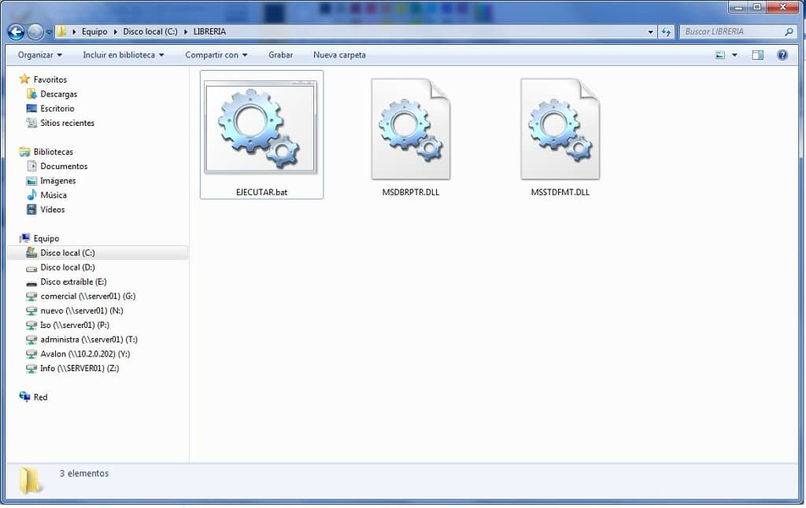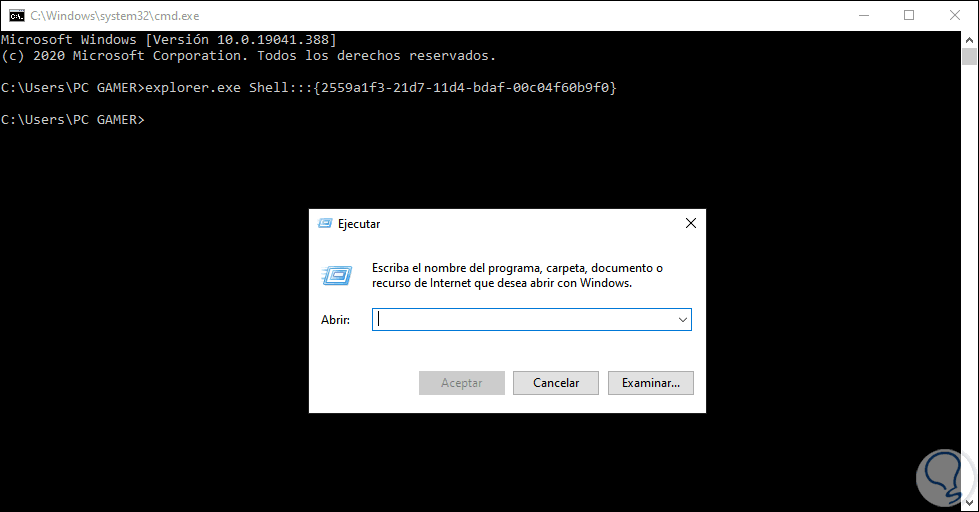


This tutorial will not work on ChromeOS devices.

In order to follow along with this guide, you’ll need: In this tutorial, you’ll enable the Remote-SSH plugin, configure Visual Studio Code to execute code on the remote server, and execute code from your local Visual Studio Code installation on the remote server. You may need more RAM or processing power than your current machine has available, or you want to keep code off of your personal machine due to a company policy, or the desire to keep your workstation prestine. For example, you may have a Windows workstation and want to develop on Windows, but your code will eventually run on Linux. There are many reasons why this may be beneficial to you. With this plugin you can edit files on your local workstation, but run development tasks such as program execution, unit tests, or static analysis on a remote server. This tutorial focuses on using the Remote-SSH plugin to enable remote software development. Its large selection of plugins, minimal design, and cross-platform support make it a great choice for developers of all levels. Note if you already tried using the install code from this post and it didn't work, first run a Homebrew uninstall with this code:Īnd then run a fresh install with the code I just wrote.Visual Studio Code is a popular Integrated Developer Environment (IDE) for developers. Then, I tried with the posted instructions here for homebrew, but actually, something went wrong so I went to their official website at brew.sh and got their installation code from there.Īfter you type this in the terminal, you wait for the install and then you type:įor me, it didn't work putting the file on the desktop, so I put it in Applications, and then I wrote this in terminal:Ĭode Block sudo upx -d (and here instead of writing the directory its best to go to Applications > Right click xf-adesk19 and choose Show Package Contents > Contents > MacOS > x-force and simply drag and drop that file after the -d in your terminal and it should visualize the path)Īnd then press enter, and now u should be able to open that file on MacOS Big Sur.

In Big Sur Apple removed that option for the users but you can activate it by running this in your terminal Before I started I had to make sure my mac running on Big Sur can accept software installs from Anywhere.


 0 kommentar(er)
0 kommentar(er)
